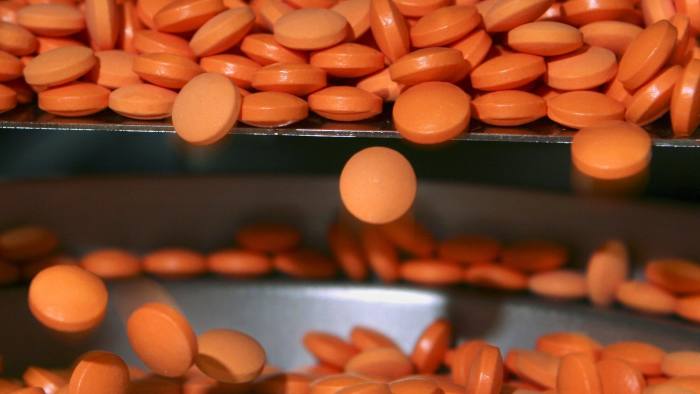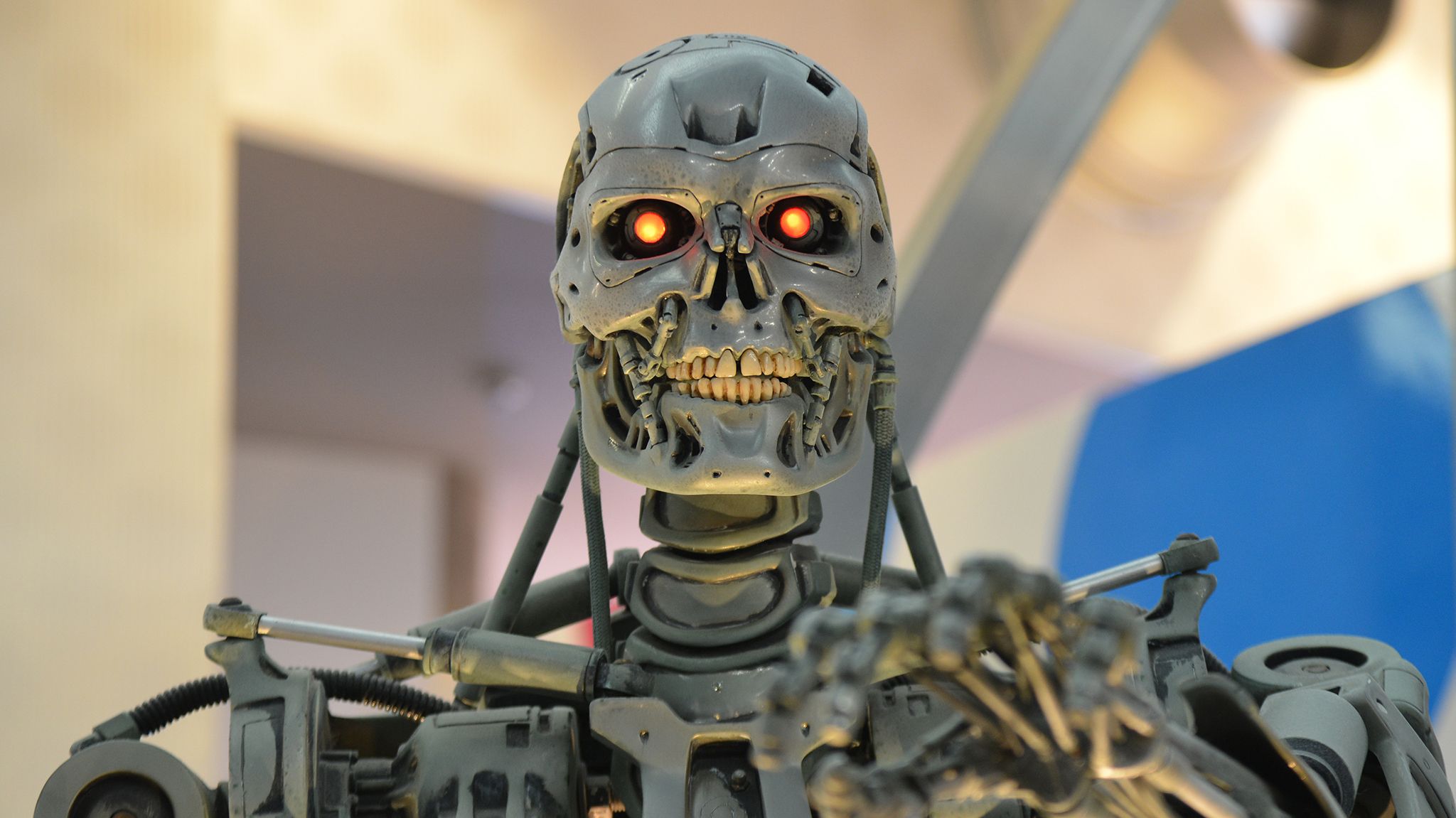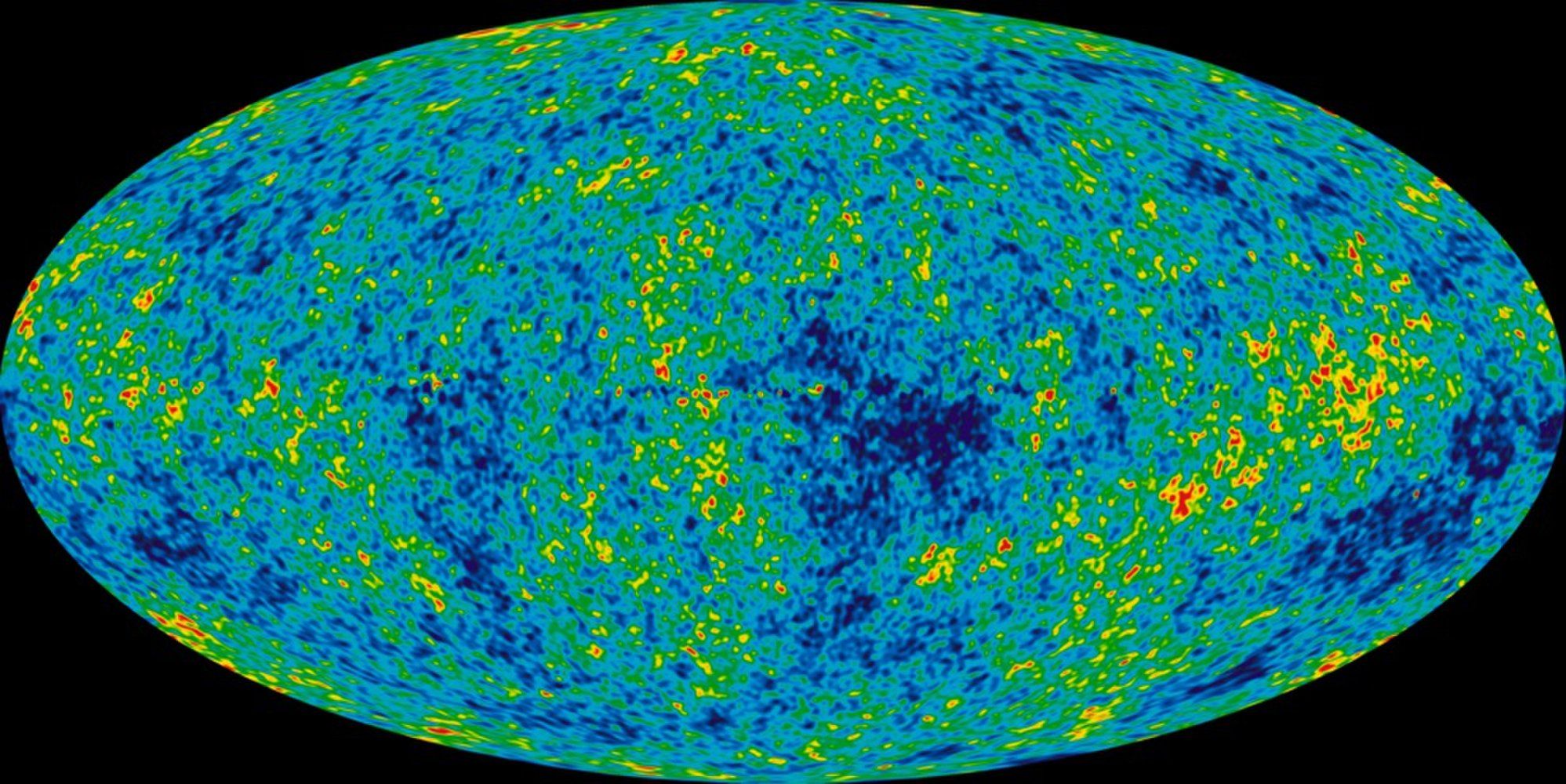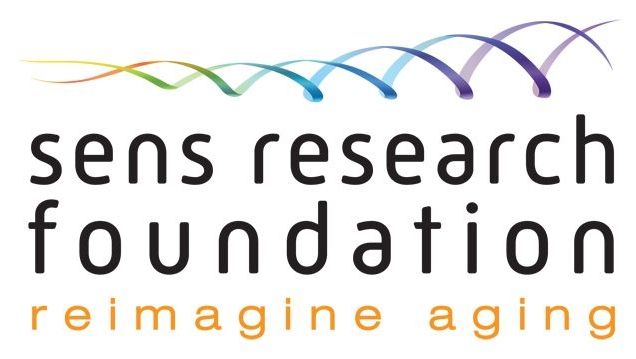“ “What we can say now is that the impact [of ESG issues] on risk, volatility and valuation is clearly statistically significant.” ”
“The attention of architects and designers is radically improving life on water. A new book “Rock The Boat”, out now from Gestalten, explores their work, and shows that “aquatecture” isn’t all portholes and painted timber, but rather modern, innovative and resourceful.”
‘UN diplomats confirmed that the new email release would worsen the “bad name” of gene drives in some circles. “Many countries [will] have concerns when this technology comes from DARPA, a US military science agency,” one said.‘.
Cutting-edge gene editing tools such as Crispr-Cas9 work by using a synthetic ribonucleic acid (RNA) to cut into DNA strands and then insert, alter or remove targeted traits. These might, for example, distort the sex-ratio of mosquitoes to effectively wipe out malarial populations.
Some UN experts, though, worry about unintended consequences. One told the Guardian: “You may be able to remove viruses or the entire mosquito population, but that may also have downstream ecological effects on species that depend on them.”
“My main worry,” he added, “is that we do something irreversible to the environment, despite our good intentions, before we fully appreciate the way that this technology will work.”
Of course, it’s not actually all that doom and gloom, the child AI is really only capable of a specific task – image recognition. Using its AutoML AI, Google’s AI-building AI created its child AI using a technique called reinforcement learning. This works just like machine learning, except it’s entirely automated where AutoML acts as the neural network for its task-driven AI child.
Known as NASNet, the child AI was tasked with recognising objects in a video, in real time. AutoML would then evaluate how good NASNet was at its task and then improve its algorithms using the data to create a superior version of NASNet.
READ NEXT: Watching an AI create fake celebrity faces is nightmare fuel.
A team of researchers who helped shape our understanding of the origin, evolution and nature of the cosmos is now $3 million richer.
Those folks worked on NASA’s WMAP space mission, which was awarded the 2018 Breakthrough Prize in Fundamental Physics today (Dec. 3) during a ceremony in Palo Alto, California.
From 2001 to 2009, WMAP mapped the cosmic microwave background (CMB) — the light left over from the Big Bang — with unprecedented precision. This work allowed scientists to nail down the age of the universe (about 13.8 billion years), its rate of accelerating expansion (roughly 70 kilometers per second per megaparsec) and its basic composition (about 5 percent “normal” matter, 24 percent dark matter and 71 percent dark energy). [Dark Matter and Dark Energy: The Mystery Explained (Infographic)].
The show Robosapiens (about #robots) aired last night and had about a 5 minute section on my #transhumanism work. The footage is from a while back but just aired yesterday. My part is in English:
“Liever een computer die de nucleaire codes heeft dan Trump? Transhumanist Zoltan Istvan is ervan overtuigd dat kunstmatige intelligentie politici ooit zal kunnen vervangen. Meer in Robo sapiens, vanavond om 20.15u @NPO2
Liever een computer die de nucleaire codes heeft dan Trump? Transhumanist Zoltan Istvan is ervan overtuigd dat kunstmatige intelligentie politici ooit zal kunnen vervangen. Meer in Robo sapiens, vanavond om 20.15u @NPO2 pic.twitter.com/fhuaStpUP3
— vpro (@vpro) December 3, 2017
Dr. Aubrey de Grey is the Chief Science Officer, founder of the SENS Research Foundation (SRF) and one of the original proponents of a damage repair-based approach to aging and age-related diseases. His work has inspired many others to think about aging differently and entertain the idea that, perhaps, we do not have to accept the suffering that age-related diseases cause.
Recently, Dr. de Grey published an article in MIT Technology Review; here, we explain why this is a real milestone of progress.
In May 2017, researchers at Google Brain announced the creation of AutoML, an artificial intelligence (AI) that’s capable of generating its own AIs.
More recently, they decided to present AutoML with its biggest challenge to date, and the AI that can build AI created a ‘child’ that outperformed all of its human-made counterparts.
The Google researchers automated the design of machine learning models using an approach called reinforcement learning. AutoML acts as a controller neural network that develops a child AI network for a specific task.








